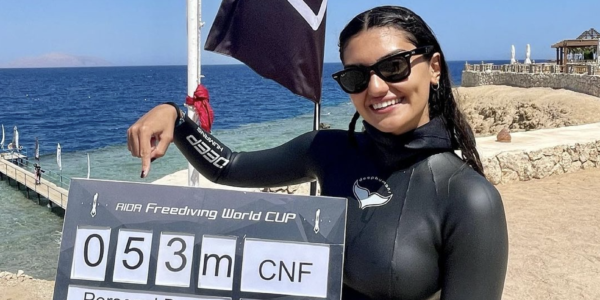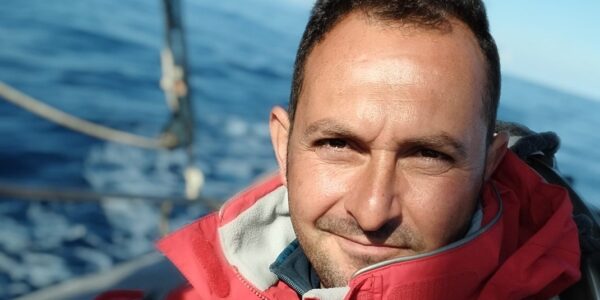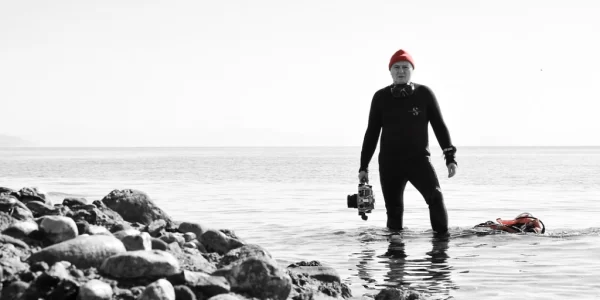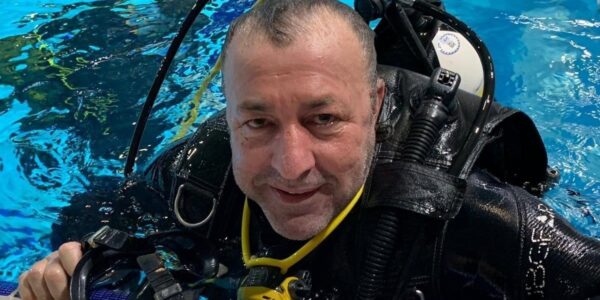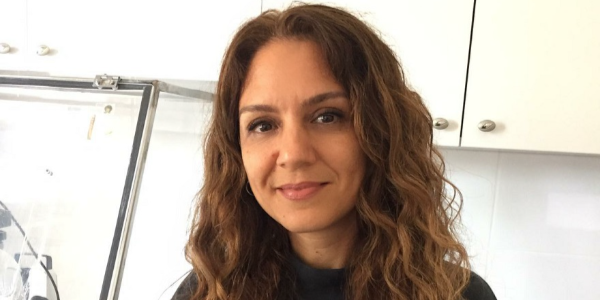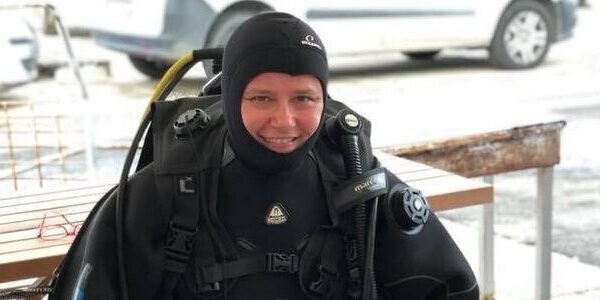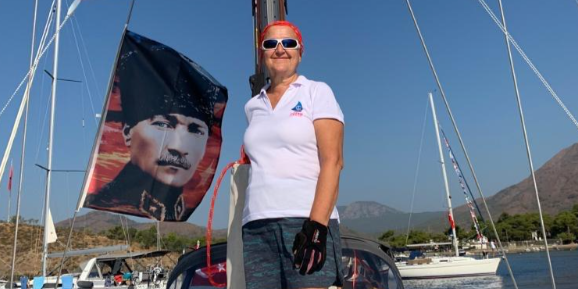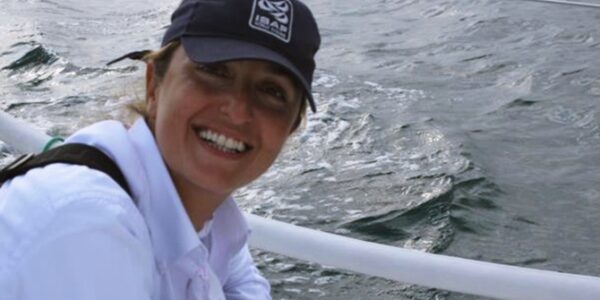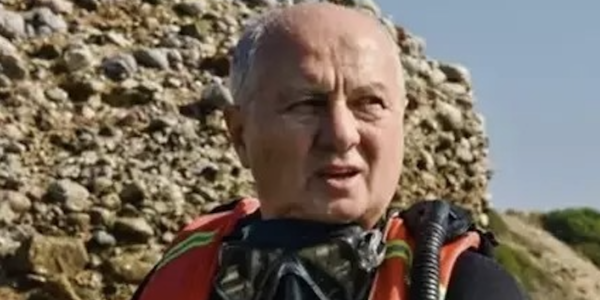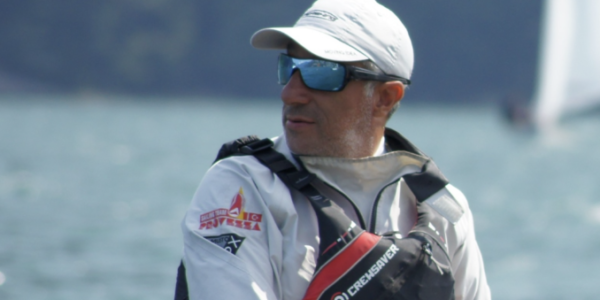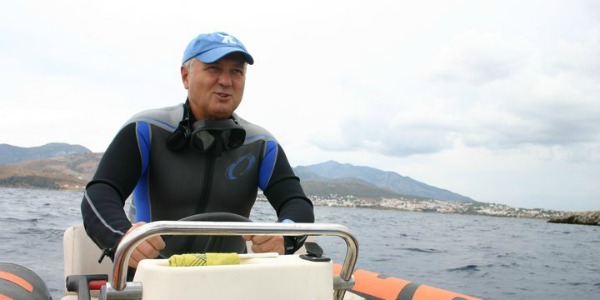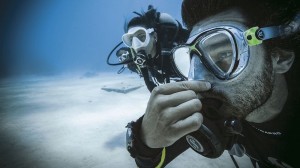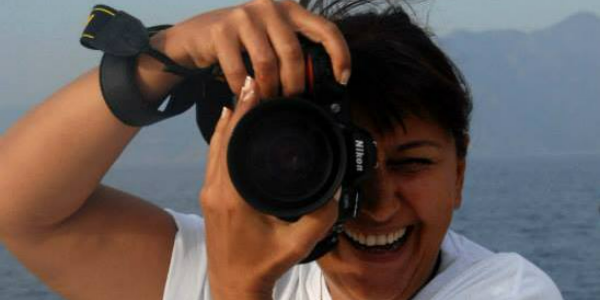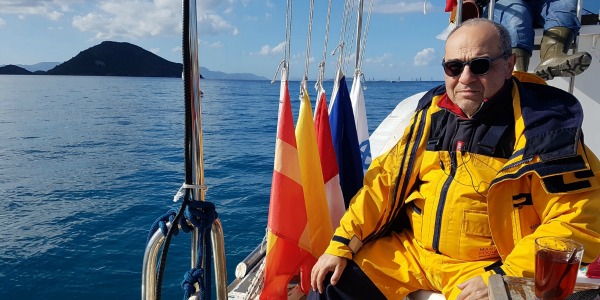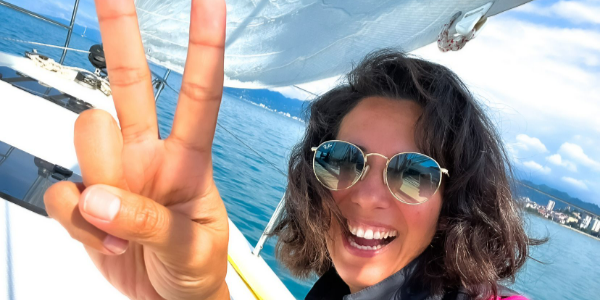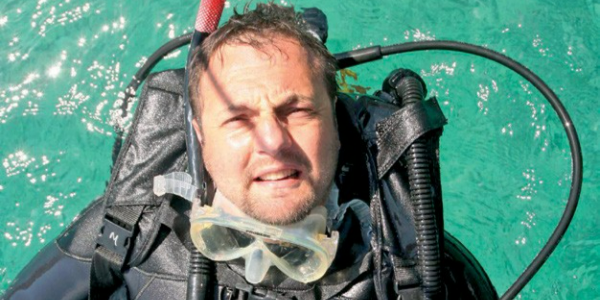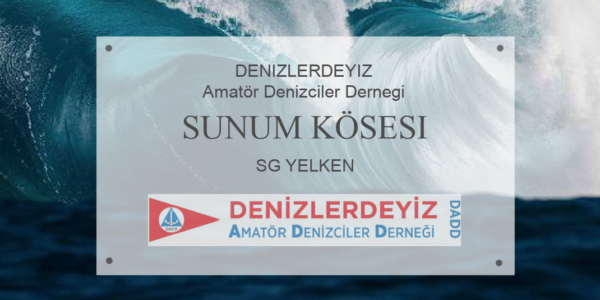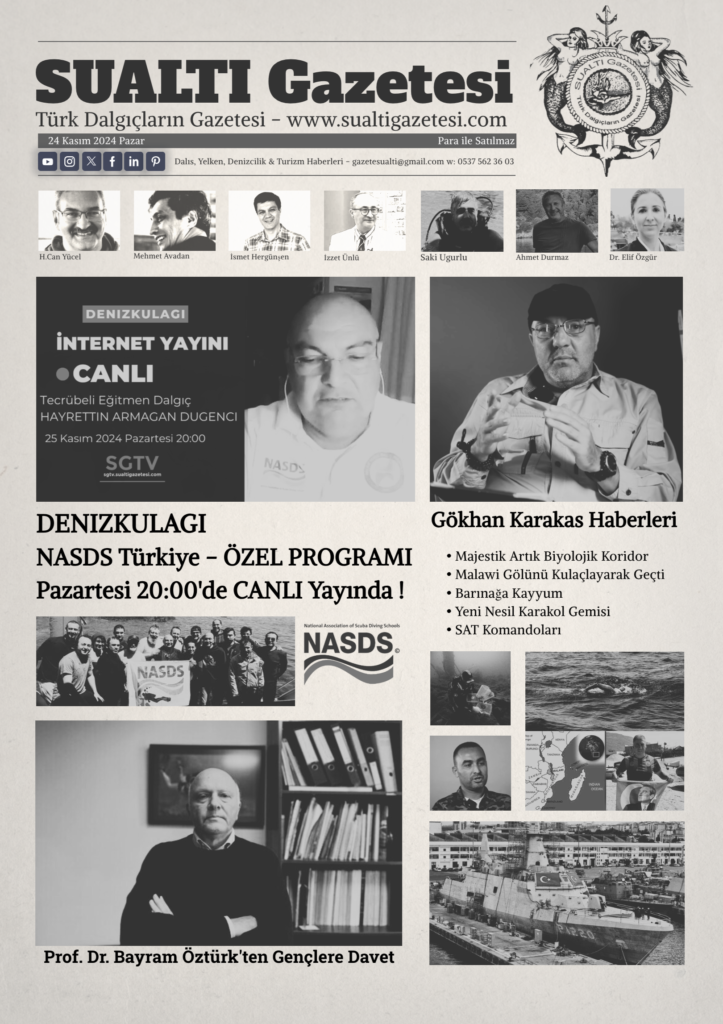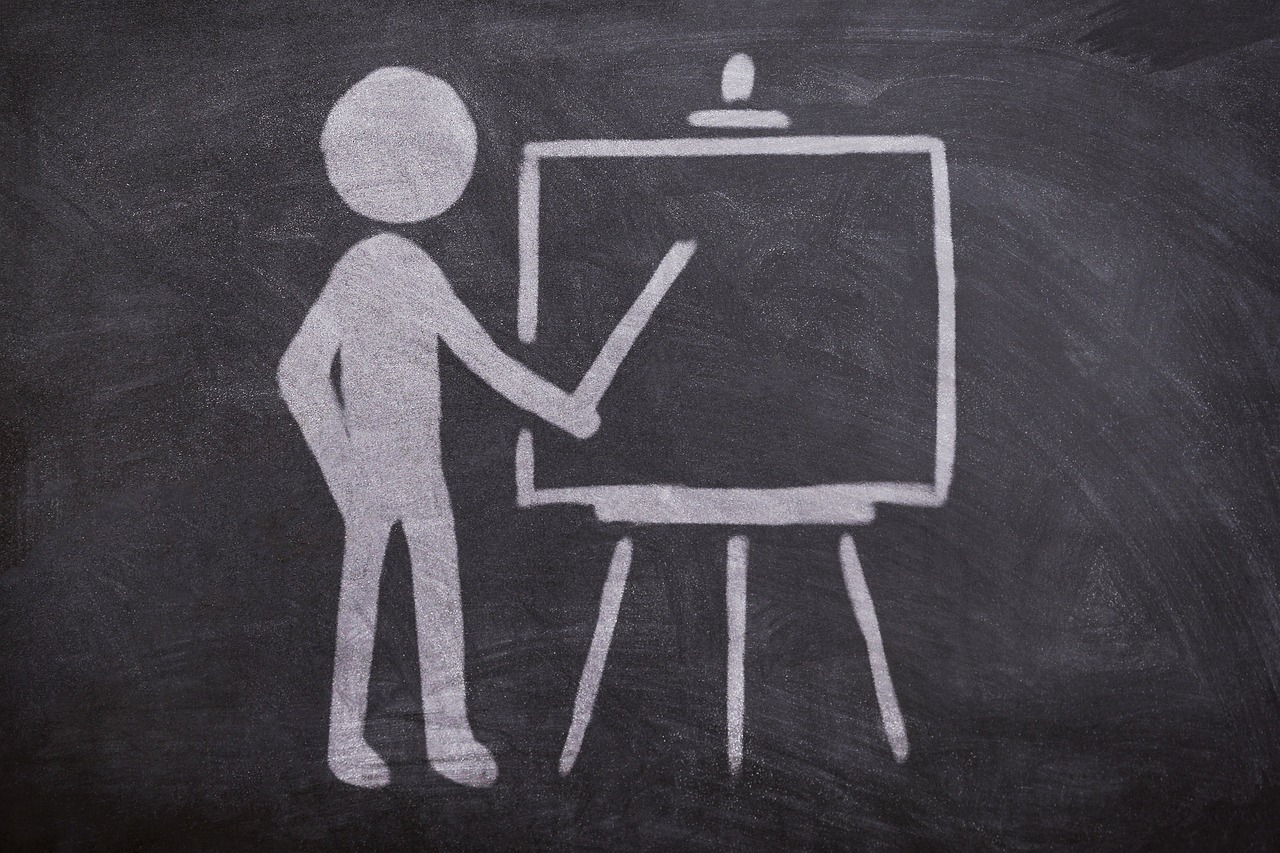“After a decade-long layoff from scuba diving, I’m planning to take a refresher course and get back in the water. But I’ve noticed that when I swim in the pool and snorkel on vacation, I tend to feel discomfort and pain in my ears. Why do I feel pressure in my ears and how can I relieve it underwater? Is this normal or something that could keep me from enjoying the sport? I remember the basic maneuver taught in my open-water class, but are there alternatives in case that doesn’t work?”
Ear equalization is one of the most important skills for all new divers to master, but the skill involves only a few absolutes. All divers should understand why they must equalize, do it early and often, and use the most comfortable method for their particular situation. Beyond that, equalization methods and routines become a matter of personal preference. However you decide to do it, proper equalization begins before you ever enter the water. Are you equalizing your ears in the safest and most effective way possible?
Q: WHY EQUALIZE?
A: Before covering the ways you can equalize, it’s important to understand why. Almost every diver receives an introduction to the concept in their open-water course, but it’s easy to miss the finer details when you’re focused on learning to dive for the first time.
From the time you begin your descent, the water pressure pushing in on your ears will increase by about one-tenth of an atmosphere for every 3 feet of sea water (FSW) that you descend. An eardrum rupture can occur with as little as one- to two-thirds of an atmosphere of pressure difference, and you’ll reach that in the first 10 feet of your descent.
At 6 FSW, that pressure is 20 percent greater than surface pressure — your eardrums are now stretched to their limits. At 10 FSW, if you have not already sustained an injury, the pressure differential will cause fluid and blood to be drawn from the surrounding tissues and fill the middle ear, causing a condition called middle-ear barotrauma.
Descending farther can exacerbate the condition and cause further injury. To counteract these effects, you must equalize your ears, or allow air into your middle ear so the pressure in the middle ear matches the ambient pressure of the surrounding water.
Q: HOW SHOULD I EQUALIZE?
A: Equalization is not difficult, and there are several methods you can try to determine what works best for your body.
VOLUNTARY TUBAL OPENING Voluntary tubal opening is the hardest of the equalization methods to master, but it allows you to equalize constantly without the use of your hands, and involves low risk of ear injury through vigorous equalization. To perform, tense the muscles of your soft palate (the tissue at the back of the roof of your mouth) and throat while you push your jaw forward and down, like you would as you begin to yawn. This will pull your eustachian tubes open and allow your middle ear to equalize.
THE TOYMBEE MANEUVER
The Toynbee maneuver involves pinching your nostrils closed and swallowing. The act of swallowing opens your Eustachian tubes, and the movement of your tongue compresses air against the tubes and into your middle-ear cavity. This method can be a little tricky to learn but has the added benefit of making it more difficult to cause an ear injury by attempting to equalize too hard.
THE VALSALVA MANEUVER
The Valsalva maneuver is the most commonly used method of equalization and the easiest to use improperly. The maneuver is performed by pinching your nostrils closed and gently blowing through your nose. It relies on the force of your equalization to open your Eustachian tubes, rather than the use of muscles, and it might not work if your eustachian tubes are already squeezed closed by a pressure differential. If performed with too much force, the maneuver can increase sinus pressure inappropriately and cause ear injuries. The maneuver is both effective and safe to use if you remember not to blow too hard or equalize for more than five seconds at a time.
Source: sport diver
